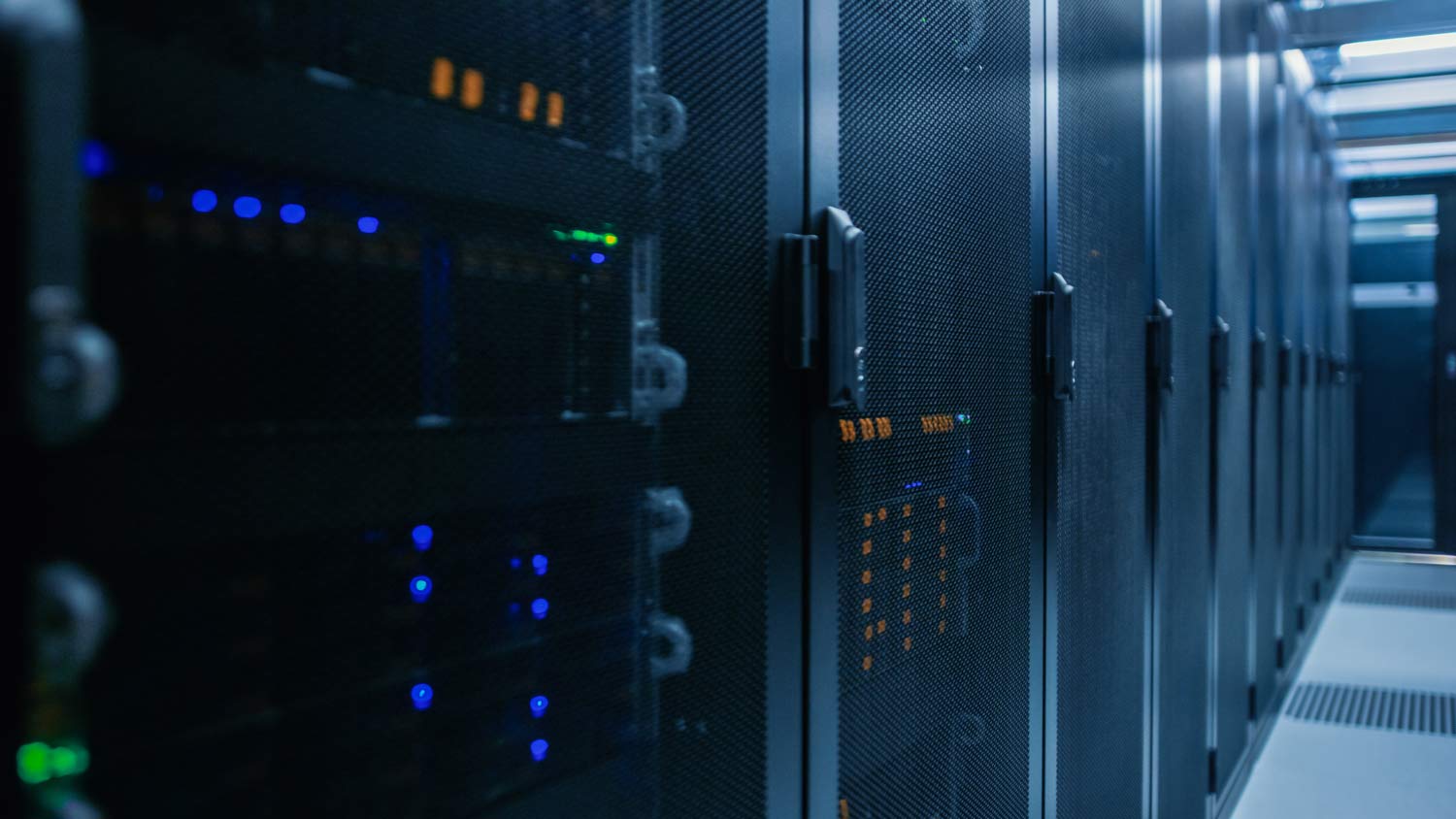How Colocation Data Centers Are Adapting to Edge Computing

The booming popularity of edge computing is transforming storage, processing, and delivery of data to businesses. As the number of devices, sensors and applications where low-latency connections are important increases, organizations are re-examining their IT strategies. The focus of datacenter Colocation providers was initially on centralized infrastructure; however, now they need to change and meet the needs of edge computing. With the ability to combine modern edge-specific solutions with the benefits of a traditional data center environment, colocation facilities are in increasing demand to the emerging digital environment.
The Evolution to Honing In On Edge Computing
Edge computing moves data processing closer to the source of data-e.g. the IoT devices, smart sensors, or mobile applications. Companies no longer have to depend on one major data center and they should have localized infrastructure in order to have reduced latency, fast speed and improved user experience. This is particularly critical in such industries as healthcare, autonomous vehicles, manufacturing, and real-time analytics, because a difference of milliseconds can be crucial.
Data centre Colocation providers can easily be in a position to make a critical contribution to this transition. Their current infrastructure, security models, and connectivity solutions make them a good match with the businesses adopting edge strategies.
Militarily Expanded Space
Geographic distribution is one of the most important methods of colocation facilities adapting. Instead of being concentrated in several key hubs, the colocation providers are focusing—or striking partnerships with–smaller peripheral facilities in a variety of locations. This is because such distributed units are nearer to end-users and therefore faster in delivery than just using central locations of the computers.
Take the case of a company operating real-time applications in the healthcare or financial sector, it can now take advantage of colocation services at regional facilities which reduces delays and maximizes system performance.
Taking advantage of Hybrid Infrastructure
Colocation is no longer a situation that offers rack space, power and cooling. In the current scenario, enterprises are now providing a hybrid cloud connectivity with edge computing getting incorporated into the service packages. A large number of facilities have direct links to public cloud providers that allow companies to integrate the centralized resources with edge.
The integration of the two approaches gives firms the opportunity to strike a balance between performance and scalability. Ultra-low-latency data can be processed at the edge rather than stored in a centralized data center, whereas less time-sensitive workloads and data stores can be kept in data centers.
Increased Security And Compliance
With the rise of edge computing comes data-security and compliance concerns. To counter these trends, colocation providers are beefing up their security control systems, moving towards even more sophisticated monitoring systems, and remaining compliant to the local regulations. In such a way, they enable businesses to enter the process of sensitive data processing with salvation that it is not to be exposed to high risks.
Positioning to meet Future Demands
Digital infrastructure is in a transition where control is between centralization and diffusion. Colocation providers are working on it by installing high-density power solutions, next-generation cooling, 5G-ready network infrastructure. These investments can help sustain a seamless scaling of businesses edge operations as new technologies and applications come into play.
Conclusion
Edge computing is changing the ways organizations carry out business and colocation datacenters are changing with it. Colocation providers are also filling the divide that exists between legacy centralized data centers and the edge by offering geographic expansion capabilities, facilitating the creation of hybrid infrastructure and through improving the security levels of a given data centre. With demand in low-latency services emerging stronger than ever, a colocation facility will keep being central to digital transformation with the agility and scalability required to exist in a constantly more connected world.
